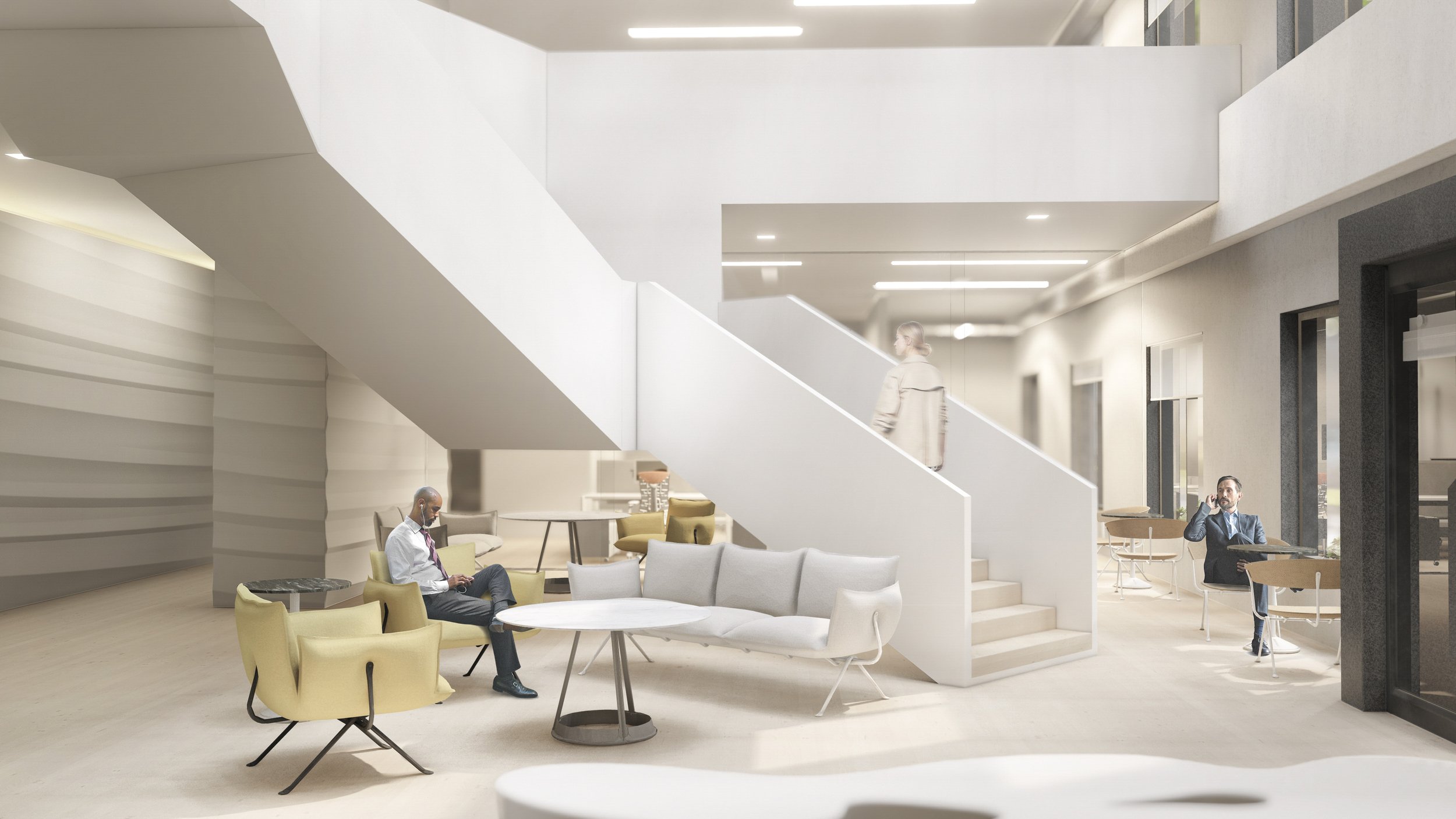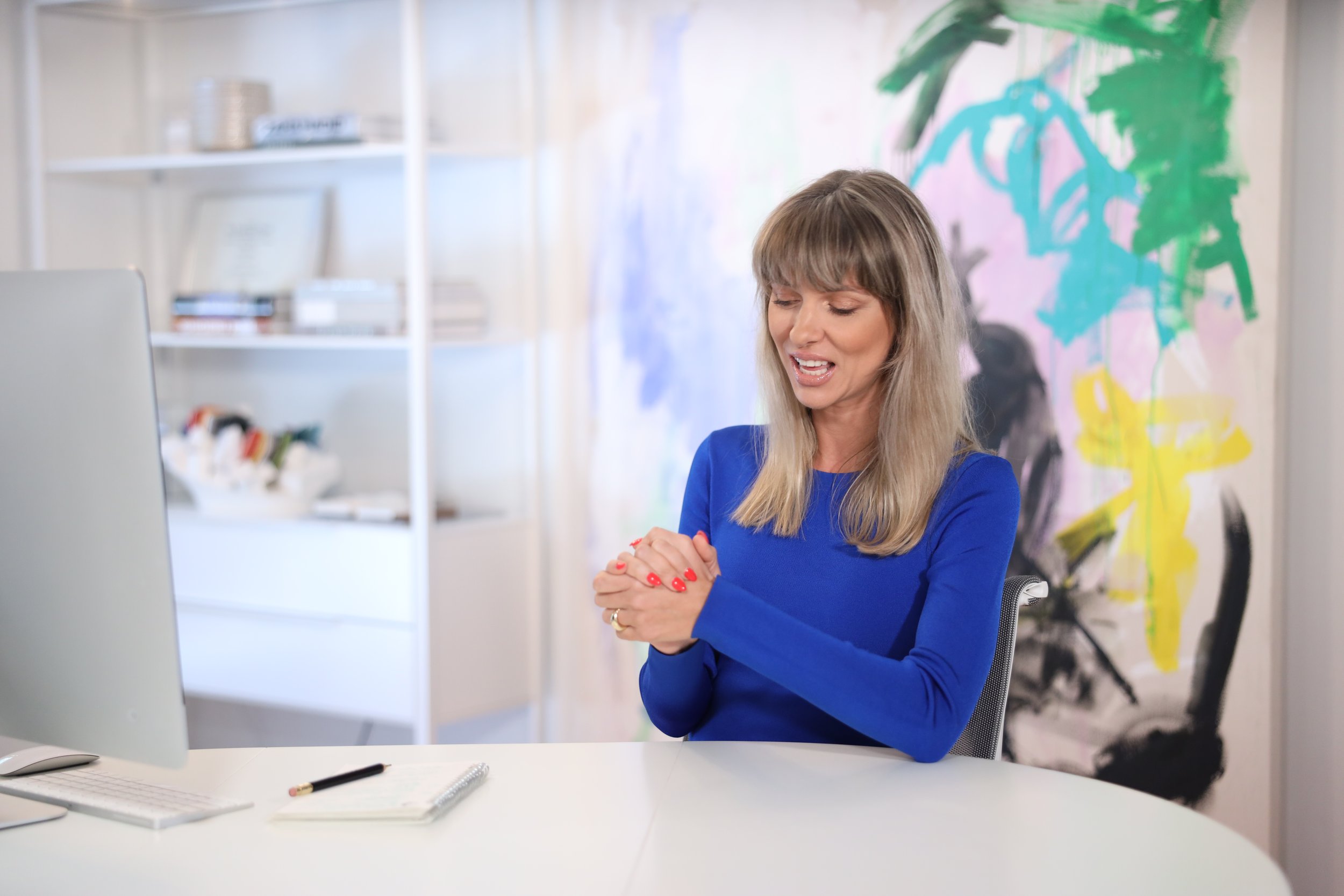In the heart of downtown Los Angeles, the Arts District stands as a testament to the city's ever-evolving landscape, blending history, creativity, and a touch of the avant-garde. A recent stroll through this vibrant neighborhood began with a brunch experience at Manuela, nestled within the historic Hauser and Wirth building. The unique fusion of Mexican and American flavors, coupled with a nod to the building's agricultural past as a flour mill HQ, set the tone for a day filled with unexpected delights.
The Hauser and Wirth complex itself is a marvel, seamlessly combining a posh restaurant, Manuela, with a contemporary art gallery and a charming bookstore. As you savor your salad and sip on a mocktail, you can't help but appreciate the architectural transformation – a renewed industrial space that once echoed with the sounds of milling machinery. The ode to the farming world is evident in the chicken coup section, complete with planters, paying homage to a bygone era.
During the stroll, the Jason Rhoades 'Drive' exhibit at Hauser and Wirth captivated with its innovative and thought-provoking installations. The bookstore within the building proved to be a treasure trove, featuring diverse titles such as Masahisa Fukase's work and 'An Indigenous Present,' sparking intellectual curiosity among visitors.
Venturing further into the district, a surprising discovery awaited at Lawson Fening Furniture Store. With its ultra-70s aesthetic, the store unabashedly embraced pine, coffered panels, and orange shag carpets.
Nearby, the Flamingo Estate popup boasted kaleidoscopic green mirrors, creating a surreal and visually stimulating experience. The furniture line, Earl, echoed a similar vibe, blending nostalgia with modern design elements.
However, despite the artistic allure of the district, an unexpected observation unfolded. On a beautiful Saturday, after a spell of cold weather and rain, the streets seemed strangely deserted. Surrounded by residential developments like The Line and the renowned Southern California Institute of Architecture (SCI-Arc), the area felt eerily quiet, resembling a socialist mausoleum rather than a bustling creative hub. This curious phenomenon raises questions about the evolving dynamics of urban spaces. Recent trends suggest a resurgence of interest in malls and gentrified centers by cool young people, while the Arts District appears to cater more to billionaires, rappers, and affluent NBA players – a SoHo in DTLA, so to speak. And let's not forget the LA cool guy, organic wines are in and hard liquor is out. LOL! The irony of a neighborhood originally nurtured by artists transforming into a playground for the elite adds a layer of complexity to the district's identity.
In conclusion, a stroll through the DTLA Arts District is a sensory journey, a convergence of culinary delights, artistic wonders, and unexpected cultural observations. It invites contemplation on the evolving nature of urban spaces, where the past meets the present, and creativity intertwines with the complexities of social and economic dynamics. See you at the bookstore ;)


























